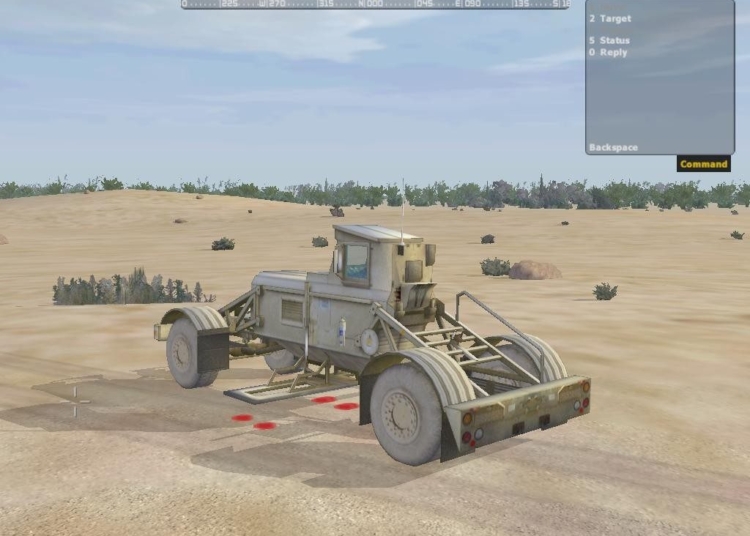In conclusion, the evolution of military simulation and wargaming has been a fascinating journey from ancient civilizations to modern high-tech simulations. These tools have become vital components of military training and planning, helping to prepare soldiers for the chaos and uncertainty of real battlefield conditions. As technology continues to advance, the future of military simulation looks promising, with virtual reality, artificial intelligence, and other cutting-edge technologies enhancing the realism and effectiveness of simulations. The development of these tools not only improves military readiness but also saves time and money in research and development efforts. The evolution of war gaming is a continuous process, with new possibilities and challenges awaiting in the future.
The Evolution of War: A History of Military Simulation and Wargaming
Introduction
Military simulation and wargaming have a long and storied history, dating back to ancient civilizations that used simulated battles to train their armies and strategists. Over the centuries, these simulations have evolved to become sophisticated tools used by modern military forces to plan and execute military operations. In this article, we will explore the evolution of war gaming and military simulation, from its humble beginnings to its current status as a crucial element of military training and planning.
Early history of wargaming
The concept of wargaming can be traced back to ancient times, with civilizations like the Greeks and Romans using strategic board games to train their military leaders and simulate battles. These early forms of wargaming were primitive compared to the high-tech simulations used today, but they laid the foundation for the development of more advanced techniques in the future.
One of the most well-known early wargame simulations was Kriegsspiel, a tabletop game developed in the early 19th century by the Prussian army. Kriegsspiel was designed to mimic the chaos and uncertainty of real battlefield conditions, and it was used to train officers in strategic thinking and decision-making. The game was a hit with the Prussian military, and it soon spread to other countries, becoming a popular training tool for military forces around the world.
The rise of computer simulation
The development of computer technology in the mid-20th century revolutionized the field of military simulation. Computers allowed for more complex and realistic simulations, with the ability to model everything from terrain and weather conditions to enemy tactics and weapon systems. Military organizations around the world began investing heavily in computer-based wargaming software, using it to plan and execute military operations with unprecedented precision.
One of the most famous examples of computer-based wargaming is the US military’s use of the Joint Semi-Automated Forces (JSAF) system. Developed in the 1990s, JSAF is a powerful simulation tool that allows commanders to model and analyze military scenarios in real time, helping to improve decision-making and tactical planning on the battlefield.
The future of military simulation
As technology continues to advance, the future of military simulation looks brighter than ever. Virtual reality and augmented reality are being integrated into military training programs, allowing soldiers to immerse themselves in realistic simulations of combat situations. Artificial intelligence is also being used to enhance the realism of simulations, with computer-controlled enemy forces behaving in more lifelike ways to challenge and train military personnel.
In addition to training and planning, military simulations are also being used for research and development purposes. For example, military engineers can use simulations to test new weapon systems and vehicle designs in a virtual environment before investing in physical prototypes. This saves time and money, while also improving the effectiveness and safety of military equipment.
Conclusion
Military simulation and wargaming have come a long way since their humble beginnings in ancient civilizations. From tabletop games to sophisticated computer simulations, these tools have become invaluable assets to modern military forces around the world. As technology continues to advance, the future of military simulation looks bright, with virtual reality, artificial intelligence, and other cutting-edge technologies shaping the way we train, plan, and execute military operations. The evolution of war gaming is a fascinating journey that continues to unfold, with new possibilities and challenges on the horizon.













